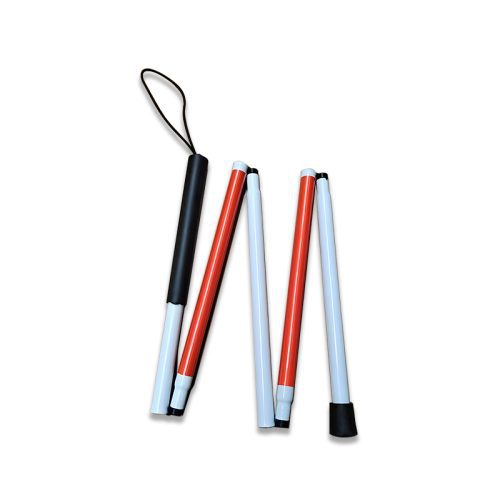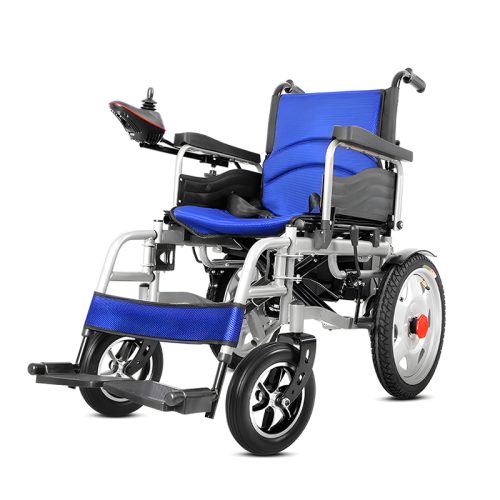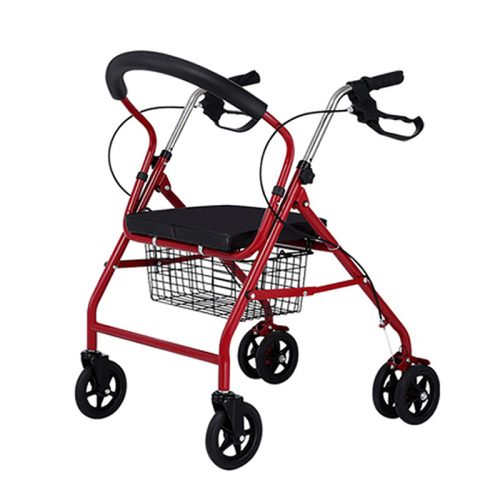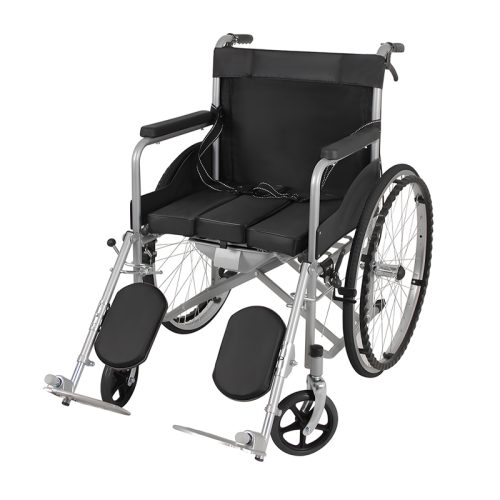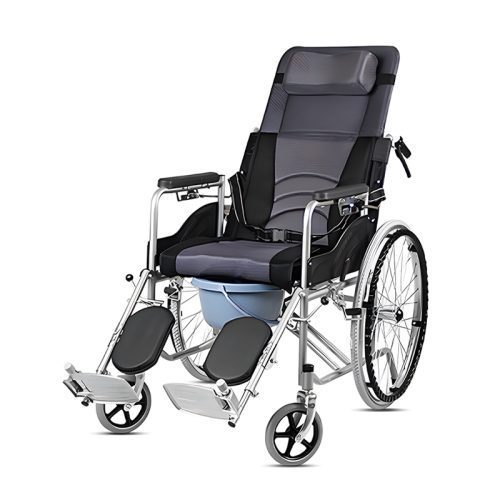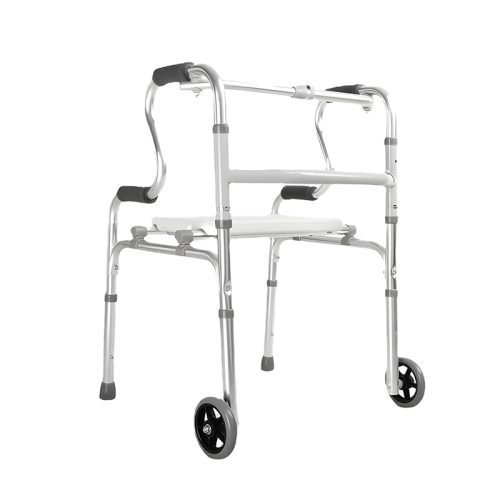
- Ratiņkrēsls
Svarīgākās ratiņkrēslu daļas izplatītājiem un tirgotājiem
- Līdz kelingmedical
### What Are Wheelchair Parts?
The individual components that together form a complete wheelchair are known as wheelchair parts. Wheelchair parts fall into different categories by their functions which include structural parts and functional parts along with comfort parts. The performance of a wheelchair is determined by the quality and condition of its individual parts. Wheelchair parts can undergo replacement or repair and be upgraded according to user needs so distributors with extensive selections can satisfy varied customer requirements.
#### Categories of Wheelchair Parts
1. **Structural Parts**
The structural parts act as the foundation of the wheelchair by supplying both strength and support. The wheelchair frame made of lightweight materials like aluminum or steel as well as the base that holds all components together are included. The design of wheelchair frames can differ according to specific user requirements which include standard models as well as lightweight and heavy-duty alternatives.
2. **Functional Parts**
Functional parts of a wheelchair allow for smooth and safe operation during use. The functional components of wheelchairs consist of wheels, footrests, armrests, brakes, and handrims. These parts enhance maneuverability together with comfort and security which allows users to experience greater independence.
3. **Comfort Parts**
Comfort parts work to enhance user experience by minimizing strain and increasing seating comfort. The comfort components consist of cushions and backrests as well as seat covers and headrests. Long-term wheelchair users need comfort parts to prevent discomfort along with pressure sores and fatigue.
—
### Key Wheelchair Parts and Their Importance
Distributors who aim to deliver optimal products and services must grasp the functions of different wheelchair parts. Let’s look at the most essential wheelchair parts that should be available for purchase:
#### 1. **Wheelchair Frame**
The wheelchair frame functions as its essential supporting structure. Both the weight and strength of a wheelchair along with its mobility depend on its frame. Wheelchair frames are constructed from multiple materials including aluminum which remains both lightweight and rust-resistant but steel frames provide higher durability at the cost of increased weight. Wheelchair dealers must provide different frame options since they serve various customer needs with lightweight models for active users and heavy-duty frames for extra support.
1.2. **Riteņi**
Among wheelchair components, wheels stand as the most critical element. There are two main types of wheels:
– **Drive Wheels**: The drive wheels are the big rear wheels which push the wheelchair forward and they function as either manual or powered wheels depending on the wheelchair model.
– **Caster Wheels**: The smaller front wheels known as caster wheels enhance steering precision and maneuverability while ensuring stability when turning.
Wheel distributors need to keep various wheel types including both solid and pneumatic options so they can fulfill different user requirements and terrain demands. Solid wheels need less upkeep and last longer but pneumatic wheels work best outdoors.
##1T# 3. **Kāju un kāju balsti**
The essential support needed for users’ legs and feet comes from footrests and legrests. Adjustable footrests meet the needs of various heights to boost comfort and legrests provide enhanced support which can be lifted to reduce pressure. Dealers who provide swing-away and elevating footrest options can serve users with different mobility needs and personal preferences.
#### 4. **Armrests**
The function of armrests includes providing arm support and posture maintenance for seated users. Armrests minimize upper body strain while providing further comfort to users. You can choose from several types of armrests that function as fixed solutions or have adjustable and removable features. Armrest materials should vary between padded options for comfort seekers and non-padded alternatives for customers who prioritize durability.
#### 5. **Brakes**
Wheelchairs depend on brakes for essential safety measures. Brakes stop the wheelchair from moving whenever the user stops moving. Wheelchair braking systems can be manual, requiring user operation, or automatic which activate when the wheelchair stops moving. Reliable braking systems that guarantee user safety must be provided by distributors and these systems should be straightforward to operate.
#### 6. **Cushions and Backrests**
Comfort and proper posture depend on quality cushions and backrests. People who use wheelchairs for long durations must take preventative measures against pressure sores while maintaining correct posture. Wheelchair cushions are available in multiple materials including foam, gel and air which provide different support levels. Backrests support the spine while adjustable backrests allow customization to meet individual user requirements. To maximize comfort for extended wheelchair users distributors need to provide these components.
#### 7. **Anti-Tippers**
Wheelchairs use anti-tippers as safety features to stop backward tipping. Anti-tippers become critical safety components when users move through sloped areas or across uneven surfaces. Distributors need to supply anti-tippers that work with multiple wheelchair designs to improve safety.
#### 8. **Rāmji**
Wheelchair users who rely on self-propulsion require handrims to move their chairs. Users can move their wheelchair forward by pushing on handrims which attach to the back wheels. There are multiple handrim options to choose from which include coated aluminum, stainless steel and plastic materials because each provides distinct grip levels and usability. Distributors can provide tailored solutions to different users by offering handrims in multiple sizes and material types.
—
### Benefits of Offering Wheelchair Parts for Distributors
As a medical equipment distributor, offering wheelchair parts brings several advantages, including:
1. **Extended Product Offering**
An extensive product catalog that attracts a wide range of customers becomes possible for distributors who stock various wheelchair parts from new wheelchair buyers to those needing replacements or upgrades.
2. **Ongoing Revenue Stream**
Wear and tear on wheelchair parts results in the unavoidable requirement for replacements. Distributors who provide quality wheelchair parts establish a continuous income flow because repeat customers will need replacement components.
3. **Customer Loyalty**
Distributors who provide superior wheelchair parts will see repeat business from satisfied customers. When distributors provide wheelchair parts that are both compatible and durable they establish trust which leads to customer loyalty.
4. **Improved User Satisfaction**
The right parts enable customers to operate wheelchairs more effectively which results in higher satisfaction ratings from users. When users become satisfied with their purchases distributors receive more referrals which helps to broaden their customer base.
—
## Secinājumi
Wheelchairs require specific parts to maintain user comfort and safety while performing their functions properly. When you provide a diverse range of superior parts as a distributor you fulfill your customers’ different requirements while building possibilities for repeat sales and customer loyalty. Frames, wheels, armrests, footrests, and cushions make up significant elements that determine the wheelchair user experience.
When distributors provide quality wheelchair parts as part of their offerings they can expand their product line increase their earnings and develop lasting customer ties.
—
## BIEŽI UZDOTIE JAUTĀJUMI
Wheels along with footrests, armrests and cushions are the most frequently replaced components of wheelchairs because they experience regular wear and tear from use.
Wheels, footrests, armrests, and cushions rank as the most frequently replaced wheelchair components due to their susceptibility to wear and tear over time.
### 2. Can wheelchair parts be customized?
Users can customize various wheelchair parts such as cushions, footrests and armrests to achieve improved comfort and support based on individual requirements.
When you provide wheelchair parts your business gains a steady revenue stream and improves customer satisfaction which results in repeat purchases and increased customer loyalty.
The business generates consistent revenue through wheelchair parts while improving customer satisfaction and building repeat business which leads to increased sales and customer retention.
The replacement schedule for wheelchair parts varies based on usage levels and part type.
Different parts of a wheelchair need replacement at varying rates based on how often they are used. The replacement cycle for components such as wheels and cushions tends to be shorter than that for structural parts.
Can parts designed for wheelchairs work with every model of wheelchair?
The vast majority of wheelchair parts work with numerous wheelchair models though each part must still match the specific requirements of the wheelchair being serviced.
📧 E-pasts: inquiry@shkeling.com
🌐 Tīmekļa vietne: www.shkeling.com.cn
Mēs ceram uz veiksmīgu sadarbību ar jums!


